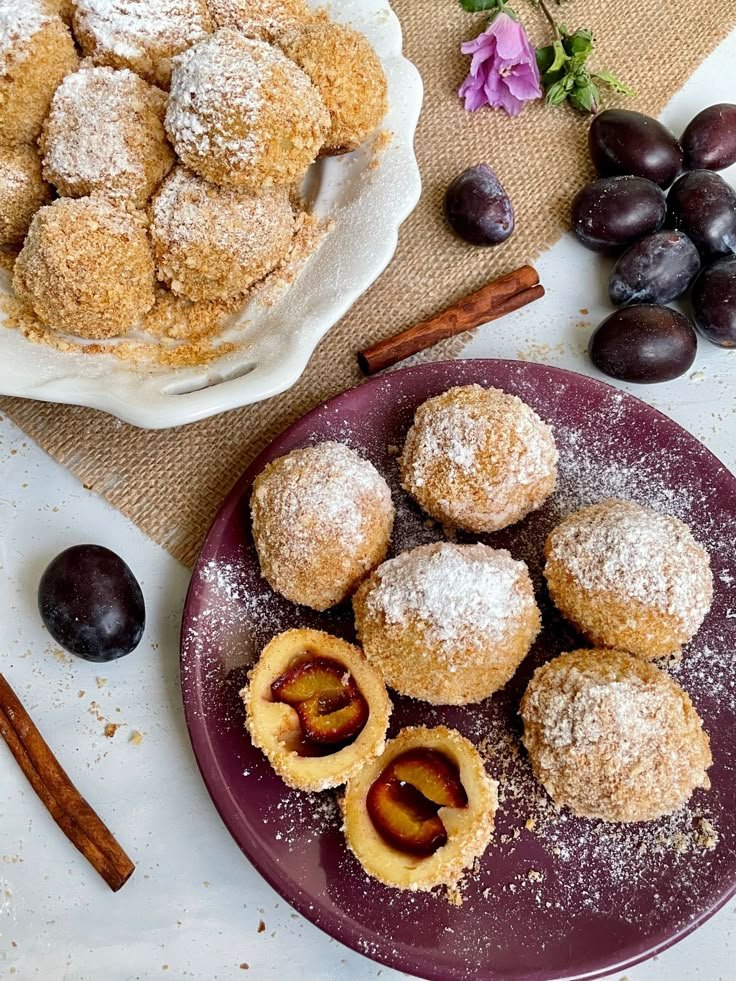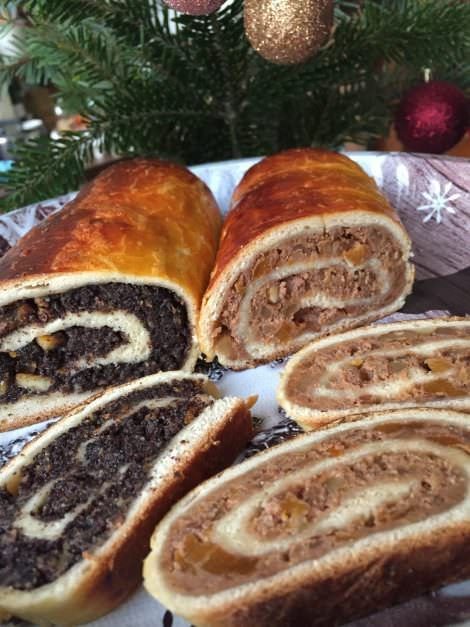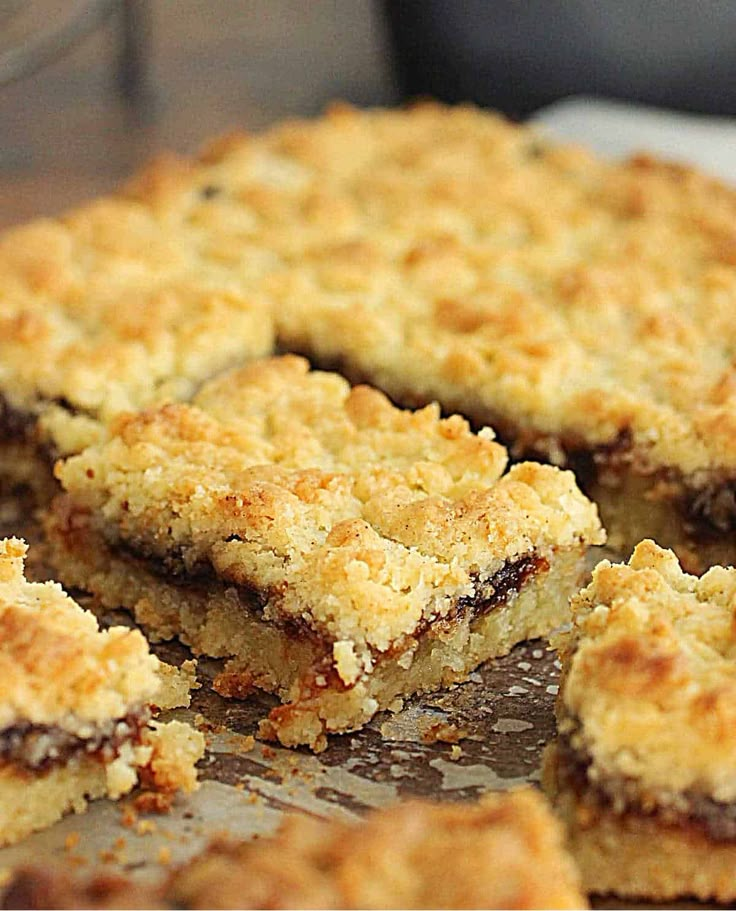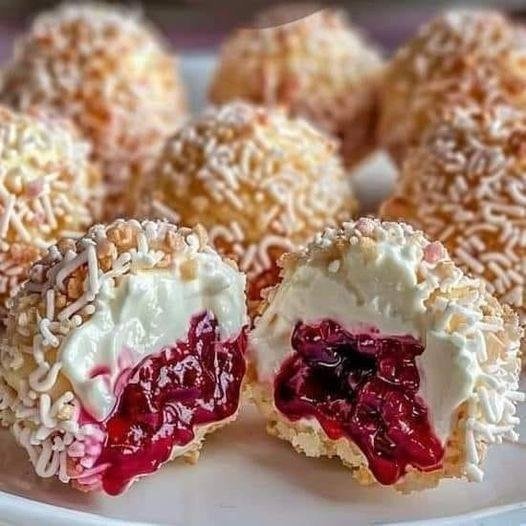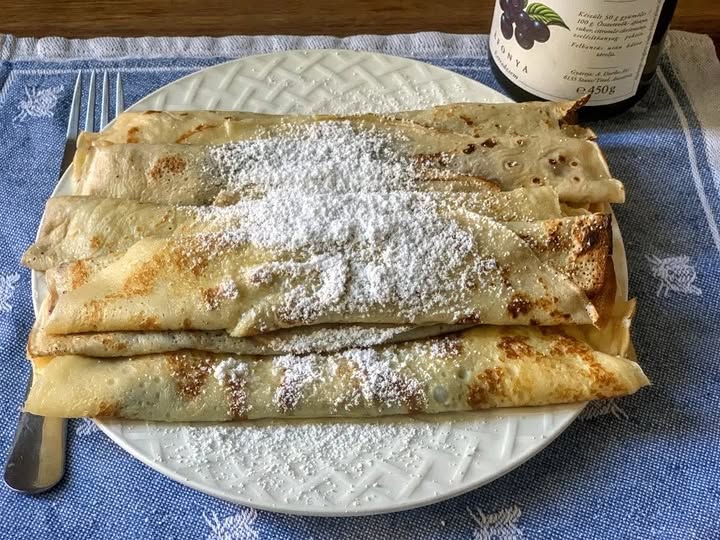
Hungarian Crepes (Palacsinta): A Taste of Tradition and Nostalgia 🇭🇺🥞
When it comes to Hungarian cuisine, few dishes inspire as much nostalgia as palacsinta—thin, tender crepes that can be rolled, folded, or stacked high with a variety of sweet or savory fillings. Passed down through generations, these beloved treats are a staple at family gatherings, Sunday brunches, and festive celebrations. In Hungary, making palacsinta isn’t just about satisfying a sweet tooth; it’s about preserving a tradition rich in history and flavor.
In this in-depth article, we’ll dive into the origins of palacsinta, explore different techniques and tips for mastering the perfect crepe, and share a range of classic and modern fillings to suit every palate. So, grab your apron and prepare to discover why these delicate crepes have captured the hearts of Hungarians for centuries!
The Origins of Palacsinta: A Journey Through Time 🕰️
The story of palacsinta begins in ancient Rome, where a simple mixture of flour and water was cooked on hot stones to create a primitive version of the modern crepe. As the Roman Empire expanded, so did its culinary traditions, influencing the cuisines of Central Europe. Over centuries, this basic recipe was refined by the Hungarians, who added milk, eggs, and a touch of sugar, transforming it into the delicate, paper-thin palacsinta we know today.
Palacsinta quickly became a symbol of comfort and celebration in Hungary. It was served during religious holidays, name days (névnap), and even as a hearty meal during the austere days of Lent, filled with mushrooms, meat, or cheese. The versatility of palacsinta—able to go from sweet to savory with ease—ensured its place in Hungarian hearts and kitchens alike.
Palacsinta vs. Crepes: What’s the Difference? 🤔
At first glance, Hungarian palacsinta and French crepes might seem identical. However, subtle differences set them apart:
- Thickness: Palacsinta are typically slightly thicker than French crepes but thinner than American pancakes.
- Flavor: Palacsinta batter often includes sparkling water for fluffiness and a touch of sugar for a balanced taste.
- Filling Tradition: While French crepes are often folded into triangles, palacsinta are traditionally rolled into tight cylinders, trapping the filling inside.
This combination of texture and flavor makes palacsinta a versatile canvas for an endless variety of fillings—both savory and sweet.
The Essential Ingredients for Hungarian Palacsinta 🛒
Making authentic palacsinta at home requires just a few simple ingredients, most of which you likely already have:
For the Batter:
- 1 cup all-purpose flour
- 1 1/2 cups milk (whole milk for richness)
- 2 large eggs
- 1 tbsp sugar (for sweet versions)
- 1/4 tsp salt
- 1 tsp vanilla extract (optional for sweet crepes)
- 1/2 cup sparkling water (for a light, airy texture)
- Butter or oil for frying
Classic Sweet Fillings:
- Jam: Apricot, plum, or strawberry are traditional favorites.
- Sweet Cottage Cheese (Túrós): Mixed with sugar, vanilla, and raisins.
- Walnut Filling: Ground walnuts with sugar and a touch of rum.
- Chocolate or Nutella: A modern favorite for kids and adults alike.
Popular Savory Fillings:
- Hortobágyi Style: Minced meat with paprika sauce.
- Ham and Cheese: Melted cheese with smoked ham.
- Mushrooms and Sour Cream: Sautéed mushrooms with onions and a dollop of sour cream.
Step-by-Step Guide to Making Perfect Palacsinta 👩🍳
1. Prepare the Batter:
- Combine Dry Ingredients: In a large bowl, whisk flour, sugar, and salt.
- Mix Wet Ingredients: In another bowl, whisk eggs and milk until smooth. Gradually add to the dry ingredients, whisking continuously to prevent lumps.
- Add Sparkling Water: Stir in sparkling water gently to avoid deflating the bubbles.
- Rest: Cover the batter and let it rest for 30 minutes. This allows the flour to fully hydrate, making the crepes more elastic and easier to flip.
2. Cook the Palacsinta:
- Heat the Pan: Use a well-seasoned or non-stick skillet over medium heat. Lightly grease with butter or oil.
- Pour the Batter: Use a ladle to pour a thin layer of batter, swirling the pan quickly to spread it evenly.
- Cook: Fry for about 1–2 minutes until the edges begin to brown. Flip carefully and cook the other side for another 30–60 seconds.
- Repeat: Continue with the remaining batter, stacking the cooked crepes on a plate covered with a clean kitchen towel to keep them warm.
3. Fill and Roll:
- Spread the Filling: Spoon jam, Nutella, or a savory mixture onto each crepe.
- Roll Tightly: Start at one edge and roll into a cylinder, securing the filling inside.
- Serve: Dust sweet palacsinta with powdered sugar. Garnish savory versions with fresh herbs or paprika.
Famous Variations of Palacsinta 🌟
- Gundel Palacsinta:
A luxurious dessert filled with ground walnuts, raisins, and candied orange peel, then topped with dark chocolate sauce. Invented by Károly Gundel, this is a must-try for any dessert lover. - Hortobágyi Palacsinta:
A savory twist filled with minced meat, onions, and paprika, served with a creamy paprika sauce. Often enjoyed as a main course. - Rakott Palacsinta (Layered Palacsinta):
Stacked with alternating layers of jam, nuts, and chocolate, then baked and sliced like a cake. A showstopper at any gathering!
Tips and Tricks for Flawless Palacsinta 🛠️
- Use Sparkling Water: It adds lightness without making the batter too runny.
- Moderate Heat: Prevents burning and ensures even cooking.
- Rest the Batter: Essential for soft and pliable crepes.
- Butter the Pan: A small pat of butter for each crepe gives golden, crispy edges.


